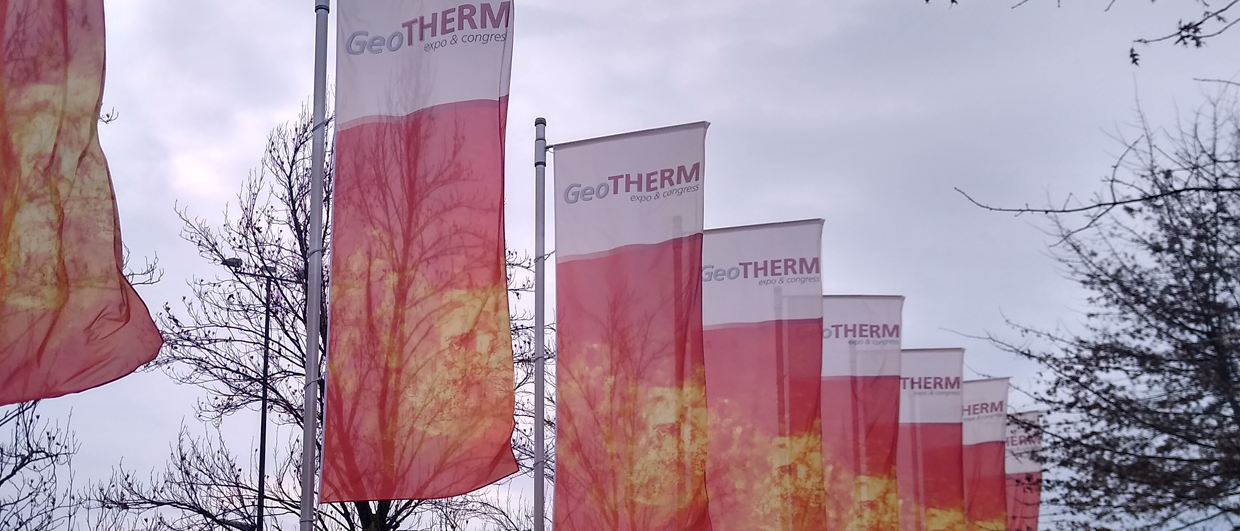“I work on gas installations, but I have come to this conference to network, as so many people from the sector are here,” somebody tells me at the lunch table when I get into a conversation.
Another company I speak to sells technology to oil and gas operators, with one of their main markets being the Middle East. They also try to break into the geothermal market, which is why they were present at the GeoTHERM conference in Offenburg last week. But have they sold anything to a geothermal customer yet? No, is the answer. The technology is not cheap. In addition, creating the opportunity to sell it also requires being aware of drilling plans right from when they are being made, otherwise there is certainly no budget for it. And that is not an easy thing to achieve.
These two examples already provide a good illustration of the interesting nature of this event. On the face of it, it is about one thing; geothermal energy. And certainly, that is made even more tangible through the presence of multiple shallow drilling rigs both at the entrance and in the exhibition space. These companies have not come to drill for oil or talk about oil, that’s for sure.
However, when it comes to deep geothermal drilling, the presence of the oil industry is very evident. If you would not know what these companies do, you might initially think that they solely work in geothermal, but in many cases the opposite is true. What to make of the presence of Baker Hughes, for instance? Well, they are actually drilling a well near Celle, a historic oil and gas hub in the north of Germany, where the Triassic Rhaetian sand is being targeted for geothermal energy production. But still, I don’t think that Baker Hughes’ geothermal portfolio is making up a significant part of their revenues. And the same is true for many smaller consultancies, knowing what types of projects many work on.
I am not writing this to criticise the oil industry for being at a geothermal event. The cross-over is natural. And because domestic hydrocarbon production is only going one way, the geothermal sector must be viewed by many companies in the service sector as a potential candidate to make up for the loss of work in oil and gas. And for some, it is.
It is probably that drive, that hope, which is one of the reasons behind the growth of the conference. Everybody told me how the event has gained momentum over the years, with two impressive exhibition halls filled with stalls.
But is this hope of the oil and gas service sector to shift from hydrocarbons to geothermal and convert the latter to the money-maker oil and gas has been for so long? I am not sure yet. As someone else told me at the very start of the event, “This all looks very impressive, but the reality is that progress is, in fact, very slow when it comes to actual projects in this part of the world.” Others I spoke to echoed this, and it makes you think, given the much lower margins in the geothermal industry; how long can this be sustained?





